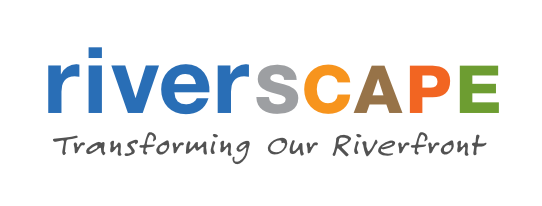Growing up on the Wabash River was not anything out of the ordinary for many families in the mid-1900s. As the river provided necessities, a place for income, and entertainment, it was quite popular. Larry Southard, now 78 years old, was one of those who enjoyed its many benefits.
Memories of the Past
Recalling the past when it comes to the Wabash River is something that Southard does fondly. Growing up near the river in Hillsdale, Indiana, much of his childhood evolved around it. He spent weekends riverside with his family, patrolling the river banks to fishing with his dad in their homemade boat. The Wabash River provided Larry with too many memories to recall.
Larry does, however, recall mussels being especially important. As a child, Larry and his counterparts would wade the banks in search of mussels. Using their feet to feel for them and gather them, they were generally able to fill a five-gallon bucket in under 15 minutes. The mussels were not only sold for their industrial uses but were also kept for everyday uses.
Larry recalled his sister would use the larger ones as dinner plates for her pretend play. Mussel shells were used to put extra small tools or parts on. Many used the meat from the mussels as fishing bait. Mussels played a significant role in river life and the lives of those near the river.
The Mussel Industry
Mussels were equally as crucial on the industrial side as well. They were vital to the button industry. After collecting mussels, most would sell them to companies. These companies would use the mussel shells to punch out a blank button. The shells were used due to their iridescent and hardness that was key for shirt buttons.
Just a few blocks away from Larry, a local businessman, Henry Cobb, lived. Henry had a unique tool to cut out button blanks from mussel shells. According to Larry, Henry would then turn around and sell the button blanks. Henry did this until it was officially illegal to utilize mussels in that way.
Not only was local business affected by Wabash River mussels, but international business was also. For an extended period, local mussels were exported to China and Japan to help produce large pearls. Local shells would be ground up and inserted into oysters that would, in turn, make the large pearls seen in jewelry today. Mussels were heavily used for many alternative purposes, which contributed to their downfall.
Mussels and the Environment
Quite useful out of the water, mussels were critical for in the water. As Southard described them, mussels were “mini water treatment plants.” Mussels helped to purify and cleanse the river water. After being heavily harvested for many years, they became endangered. With the help of regulations put on their harvesting, local mussels were saved from extinction and are slowly making a comeback. Noting the change in mussels, Larry also explained the environmental concerns he has seen that go along with their environment and absence.
Correlating with their absence and increased pollution, the river is nowhere near as clear as it used to be. Larry remembers digging fish out of their boat as a child because he could see through the water deep enough to spot fish. He also noted the low river levels that seem to fluctuate rather quickly during storms. He credits this to the increase of concrete and blacktops that prevent water from going into the ground where it belongs and now runs directly to the river.
Cleaning Up
Claiming no innocence, Southard knows that the environmental issues facing our society today are vital to our future. As mussels have played such a unique role in the economic background of Terre Haute and the social environment, their reemergence in the Wabash River is a great sign for future environmental improvements. Cleaning up our act and helping promote a cleaner environment that includes mussels is the best thing we can do for the future.
Bonus Content:
